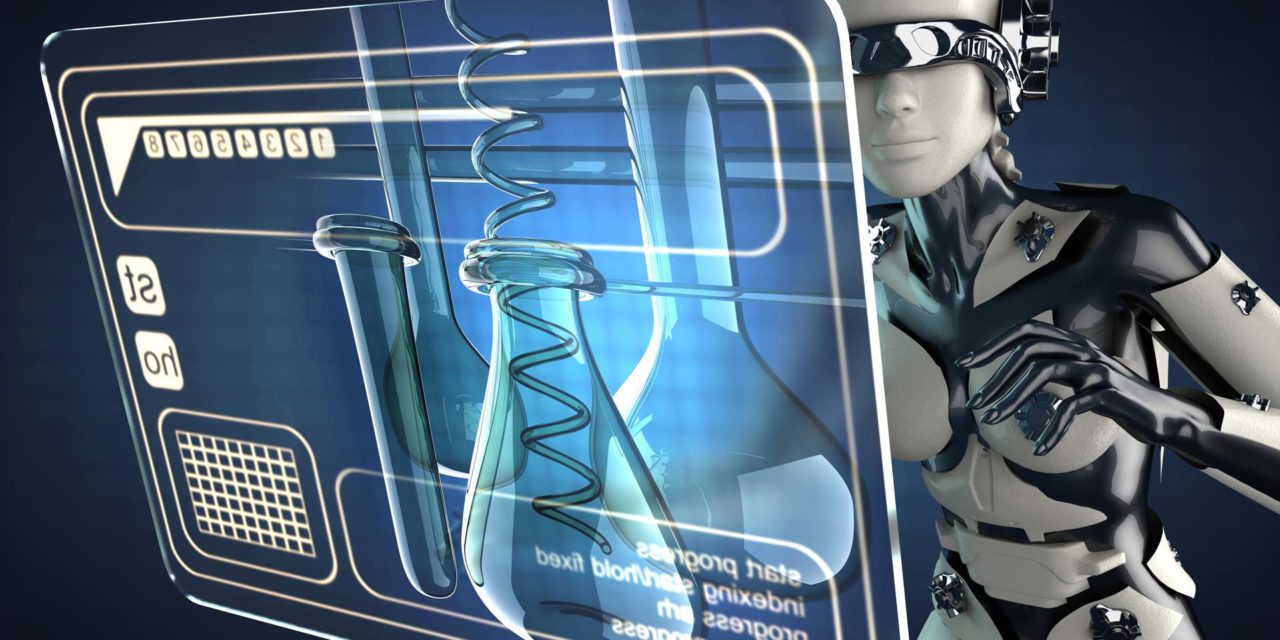In addition to the Quality Management System approach and application of risk principles, a way to stay proactive and ahead of the evolving compliance curve is to create a system to appropriately manage knowledge and data sets, pertaining to a given task, function or mechanism. Access and fast recall of information and data sets permits a different type of awareness, and it’s this mindset that enables your strategy and operational tactics to assure there is real-time action. This action, based upon timely and appropriate information availability, is vital to maintain systems and peak state. Many Current State systems operate in one of two ways:
- A situation where data and/or information is gathered but not appropriately managed to be helpful in the control of something. This could be an environmental level or manufacturing speed for example.
- A situation where data is reviewed after the fact, which does not allow for dynamic corrections to be made to an ongoing process.
Although both examples do provide opportunities, (often retrospectively), for improvement strategies, inevitably they do not support the need for the removal of non-value-added work which results as an outcome of the failure to make course changes or corrections in real time. The better approach is to develop a digital web with feedback capability combined with a lean approach to system data/information gathering and management thereof, that facilitates real-time or present time decision making. The outcomes provided by this make it possible to avoid non-value-added “busywork”, committing a more dynamic impact on the process and quality related issues. Furthermore, once this type of application provides feedback over time, the probability of using an artificial intelligence strategy to enhance overall outcomes becomes highly probable. This will ultimately bring about an increased level of productivity together with a reduction in quality related issues that are proportionately affected, as each kaizen cycle of the continuous improvement strategy is completed. This type of Lifecycle Management, monitoring and control initiative is both an effective mechanism to improve quality as well as satisfying the need for continuous verification of systems effectiveness. Through this approach then, we move pharmaceutical manufacturing from a highly unresponsive retrospective driven approach to one that is dynamic and responding to actual events in real time.
The benefit is twofold:
- Better control-preventing events before they go critical.
- Less waste due to the absence of after-the-fact non-value-added follow on investigations.
To better assess the appropriate time to implement such a strategy, it’s best to contact a knowledgeable pharmaceutical consultant to provide a third-party “fresh eyes” opinion, to enable the decision-making process.





